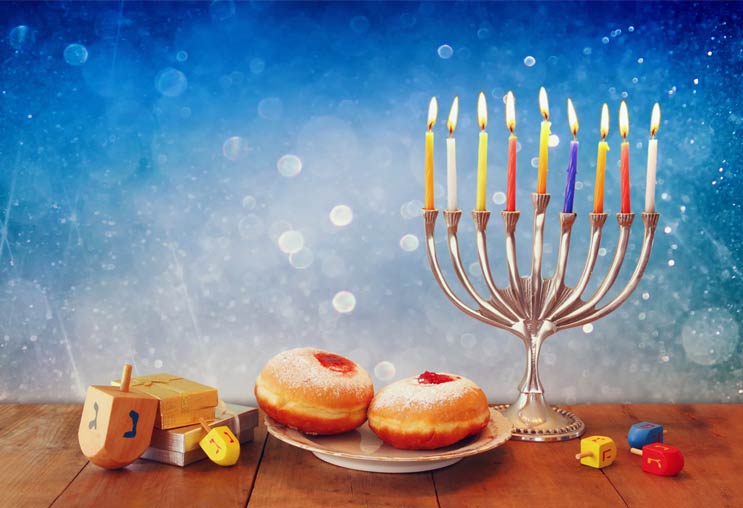
What is Hanukkah and where do Hanukkah traditions come from? Although, it’s probably the best known Jewish holiday among non-Jews, many don’t really know a lot about exactly what is being celebrated. Hanukkah commemorates two miracles — the first is the victory of a small army of Jews, called the Maccabees, over the powerful Greek army that was occupying Israel. Second, once the Maccabees reclaimed the Holy Temple, they had only enough pure oil for the eternal light to burn for one day but it would take eight days to produce more. Miraculously, the light burned continuously until the fresh oil was ready.
Now that you’ve got the basics, here are 10 more surprising answers to the question, What is Hanukkah?
1. It’s not Jewish Christmas
Christmas is one of, if not the, most important Christian holiday while Hanukkah doesn’t carry the same weight. Passover and Yom Kippur are much bigger holidays in the Jewish faith. Also, gift giving isn’t one of the original Hanukkah traditions. Traditionally children were given money called Hanukkah gelt. These days kids get a symbolic bag of chocolate gold coins. The gift giving is a fairly recent American addition.
Read Related: Circumcised Men & Circumcision for a Baby Boy: Yay or Nay?
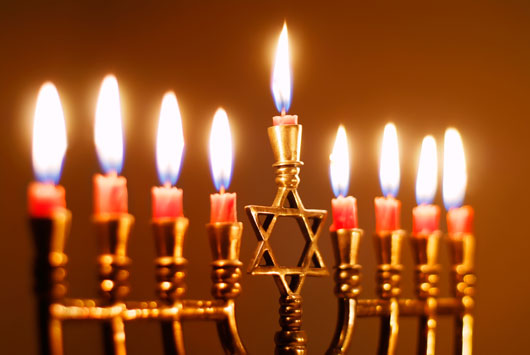
2. The Menorah
One easy answer to the question, What is Hanukkah? is that it’s also known as the Festival of Lights. The Menorah is a candelabra that holds nine candles. Eight of the candles represent the eight nights the oil burned in the Holy Temple and the ninth, called the shamash, is used to light the others.
3. Lighting the Candles
The candle lighting is an essential part of Hanukkah traditions. A candle is lit in the Menorah for eight nights. The first night the shamash and one candle are lit, the second night two candles, etc. They should be placed right to left to reflect the way Hebrew is read and they are lighted left to right starting with the newest candle.
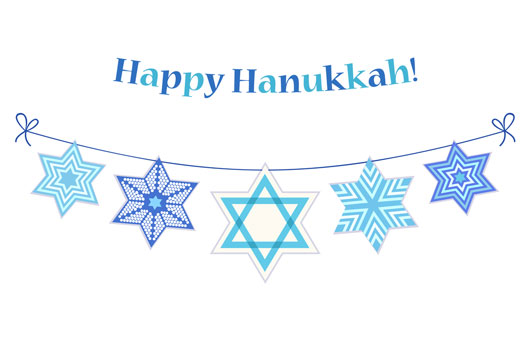
4. Changing Names, Changing Dates
There are at least 13 — probably more — different ways to spell Hanukkah in English and none of them are wrong! The most common spelling is Hanukkah and the second most common is Chanukah. The date for celebrating Hanukkah is based on the Jewish lunar calendar and it can start anywhere from November 28 to December 26. This year it begins on December 6.
5. Dreidel, Dreidel, Dreidel
A dreidel is a little spinning top with four sides that each has a Hebrew letter. Together they spell out, A great miracle happened here. But it isn’t just a fun toy, dreidels are important because the Greeks had declared that learning Torah was punishable by death, so Jewish children would study in secret. Whenever a Greek happened by, they’d whip out the dreidels and pretend to be playing.
Here’s the really surprising part. There’s a Dreidel League, which, not surprisingly, is located in Williamsburg, Brooklyn.
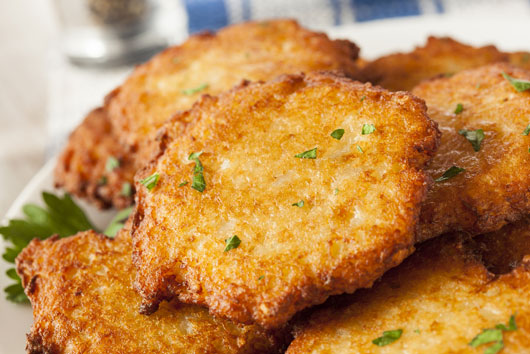
6. Put Your Diet on Hold
Remember the miracle of the oil? Well, that’s what Hanukkah’s all about so naturally the menu features dishes that are fried in oil. Two of the most popular foods are latkes (potato pancakes) and sufganiot (jelly donuts). Cheese is also served in honor of Yehudis who killed a Greek general by plying him with salty cheese to get him to drink her poisoned wine.
7. The National Menorah
In 2001 George W. Bush hosted the first official White House Hanukkah party and it’s been an annual tradition ever since, complete with the lighting of the National Menorah. Side note: President Obama also hosted the first annual White House Passover Seder in 2009.
8. The 2015 Nordstrom Hanukkah Sweater Debacle
In November Nordstrom issued an apology and pulled a Hanukkah sweater from their shelves after a public outcry about perpetuating Jewish stereotypes and using offensive terms. It was emblazoned with the slogan Chai Maintenance Hanukkah J.A.P. What were they thinking?!

9. Hanukkah Mexican-Style
What is Hanukkah Mexican-style? Check out The Best of Mexican Kosher Cooking by Shifrah Devorah Witt and Zipporah Malka Heller for lots of fabulous recipes.
10. Rock of Ages
Ma’oz Tzur, or Rock of Ages, is a traditional Hanukkah song with mysterious origins. It’s believed to have been written in the 13th or 14th century by a German man named Mordecai who hid his name in an acrostic in the first five stanzas.

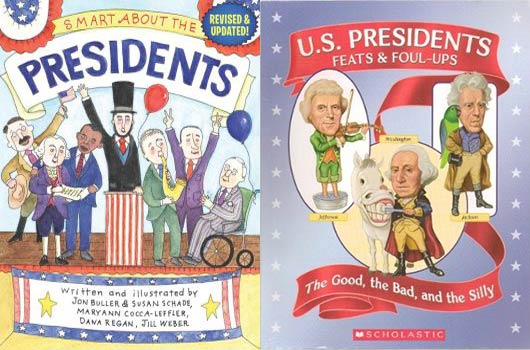
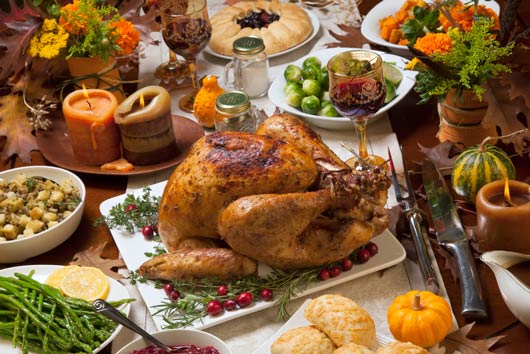
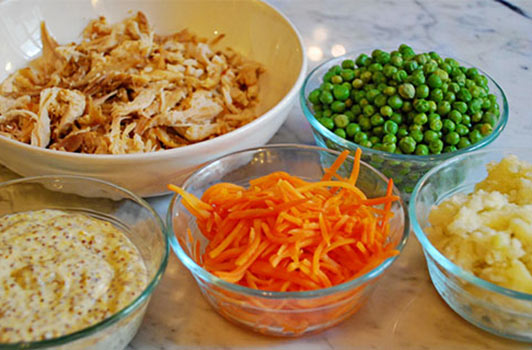
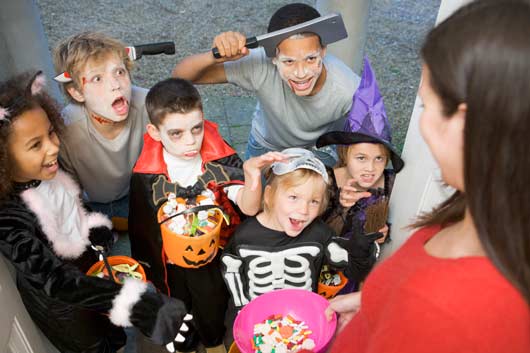
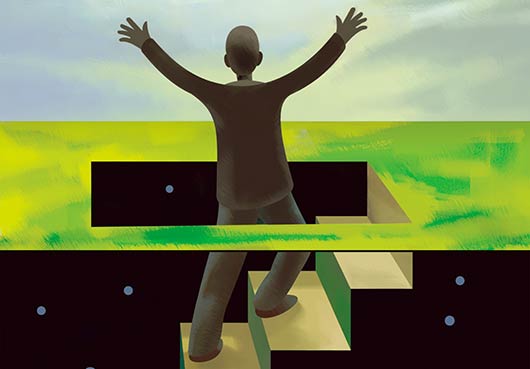

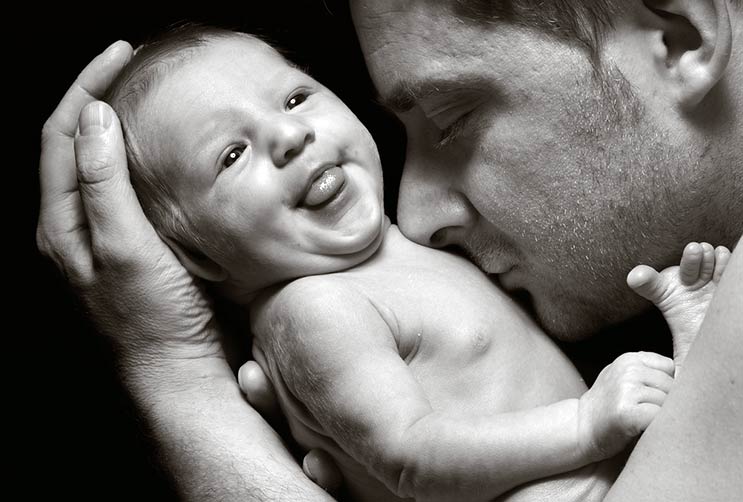




Leave a Reply
Want to join the discussion?Feel free to contribute!